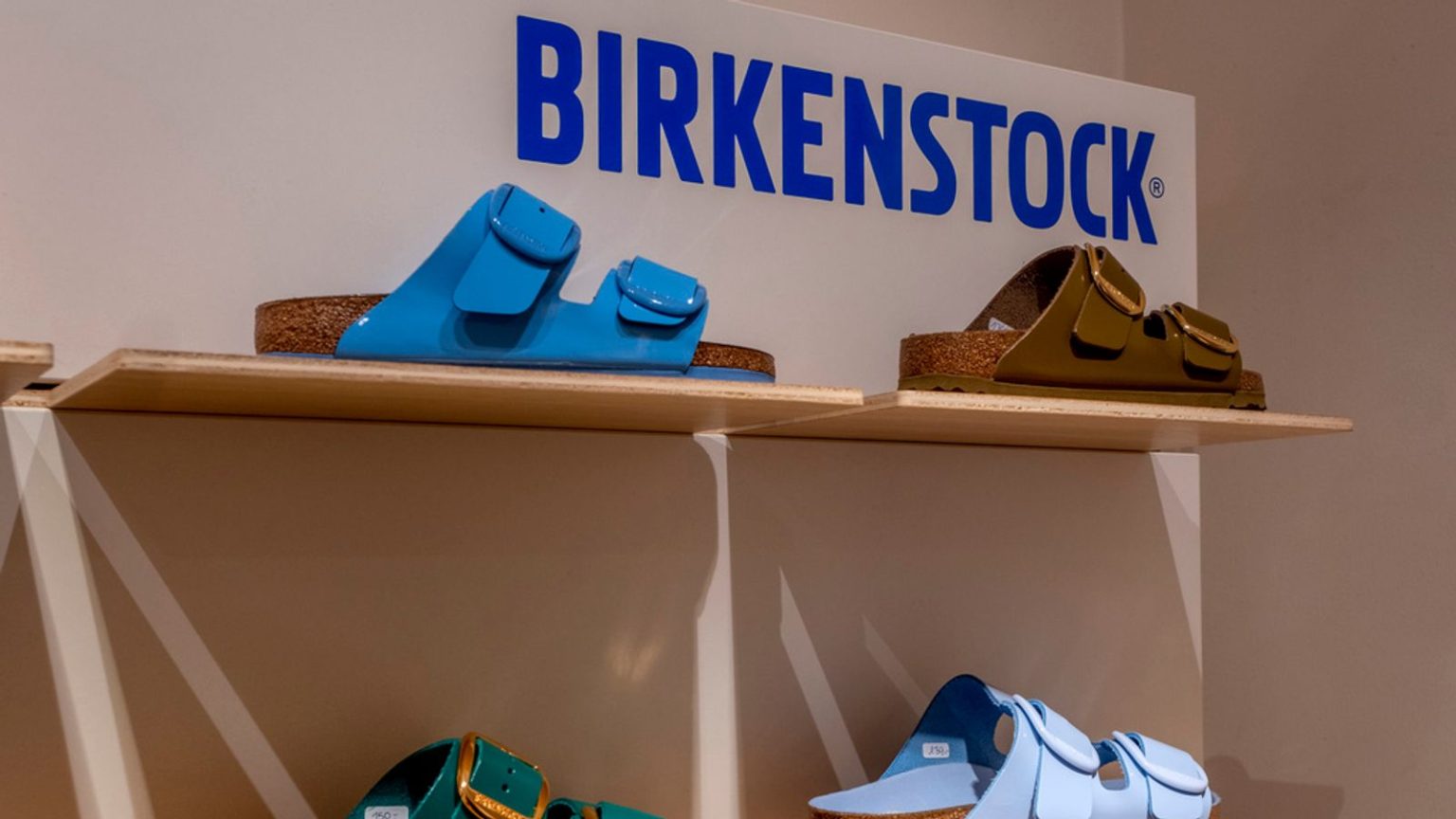The Birkenstock Case: A Legal Battle Over Design and Art
In a recent ruling, Germany’s Federal Court of Justice determined that Birkenstock sandals, known for their distinctive buckles, wide straps, and cork soles, do not qualify as works of art under copyright law. This decision came after the company sued three competitors for selling similar sandals, arguing that their designs were protected as "copyright-protected works of applied art." However, the court dismissed the claim, stating that the sandals lacked the necessary "individuality" required for copyright protection. This verdict highlights the fine line between functional design and artistic creativity in legal terms.
The Legal Landscape: Art vs. Design in German Law
German law distinguishes between design and art based on purpose and creativity. While design serves a practical function, works of applied art must demonstrate a significant level of individual artistic creativity. Copyright protection lasts for 70 years after the creator’s death, whereas design protection is shorter, ending after 25 years. This distinction is crucial, as it affects how products are protected legally. Birkenstock’s argument that their sandals are works of art aimed to secure longer protection, especially since some of their designs, created in the 1970s, are no longer under design protection.
Birkenstock’s Argument: Seeking Protection Through Artistic Merit
Birkenstock’s lawyers argued that the sandals’ "iconic design" warranted artistic recognition. They contended that the unique combination of form and function in their products was akin to art, deserving copyright protection. However, the court found no substantial artistic achievement, as the primary purpose of the sandals is functional. This ruling emphasizes that practicality often outweighs artistic considerations in legal disputes over design.
A Rare Precedent: The Dutch Perfume Copyright Case
One rare example of a successful copyright claim for a product as art is the 2004 Dutch case involving Lancôme’s Tresor perfume. A court ruled that Kecofa Cosmetics must stop producing a similar scent, recognizing Tresor’s unique blend as an original work under copyright law. This case is exceptional, showing how rare it is for non-traditional items like perfumes or sandals to be classified as art, highlighting the challenges companies face in protecting their designs legally.
Fashion and Copyright: A Challenging Landscape
The fashion industry often struggles with copyright protection, as functional designs rarely meet the artistic criteria required. In the UK, for instance, fashion items must fit into specific categories to qualify for copyright. Trademark protection, which covers brand identity elements, is often a more viable route. This challenge underscores the difficulty of balancing creativity with functionality in legal frameworks.
Conclusion: The Broader Implications of the Birkenstock Ruling
The Birkenstock ruling reinforces the legal distinction between design and art, impacting how companies protect their products. While the decision may encourage businesses to rely on design patents or trademarks, it also prompts a broader conversation on intellectual property rights in the fashion industry. The case serves as a reminder of the legal complexities companies navigate to safeguard their creations in a competitive market.















